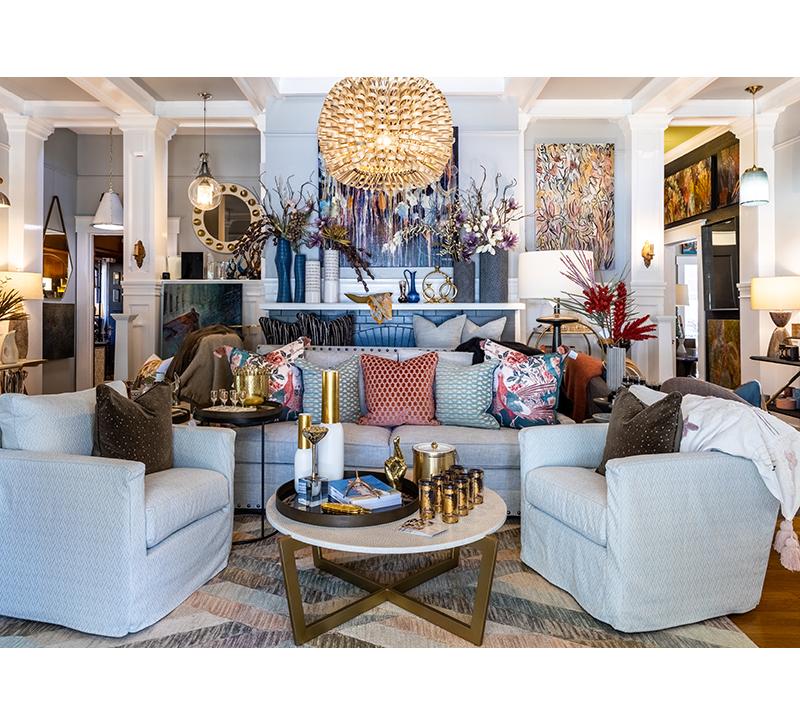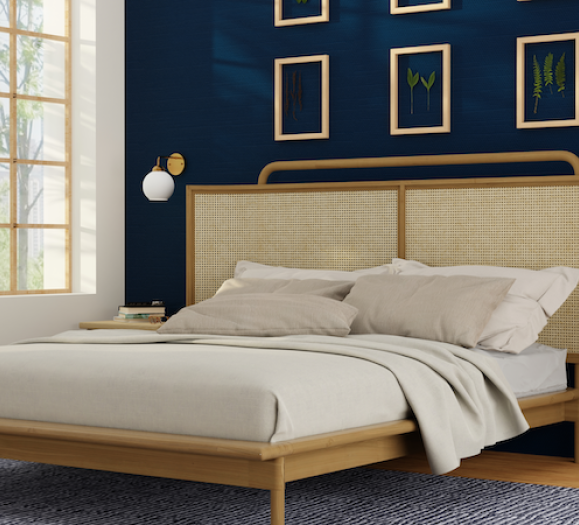According to the Bureau of Economic Analysis, online retail sales reached $5 trillion in 2021, double the revenue from digital retail in 2018. While the majority of consumers continue to prefer shopping in a physical store (62 percent), even that experience is starting online as shopping behaviors that were solidified by COVID have become the norm in the consumer’s digital adoption. The BEA adds that 87 percent of consumers polled said their shopping journey starts online. (See May issue, page 12)
What do these statistics mean for retailers and designers? For many, it’s likely your business’s digital footprint has become as important as its physical one. So how do you ensure the aesthetic and customer connection you’ve honed in your retail showroom or design studio resonates with your core and potential customers if they discover you or are looking for you online first? A brand experience should be cohesive across any connecting platform, something that can be challenging when shifting from a beautifully merchandised showroom where consumers can be hands-on to a digital screen that might be the size of the palm of that same consumer’s hand.
For many in the home furnishings industry, a digital presence, whether on a website or social media, is a connection tool rather than an ecommerce play. And capturing the consumer’s attention through all of the noise online in a way that drives them to your site or showroom requires understanding your brand as well as your customer and how they like to connect.
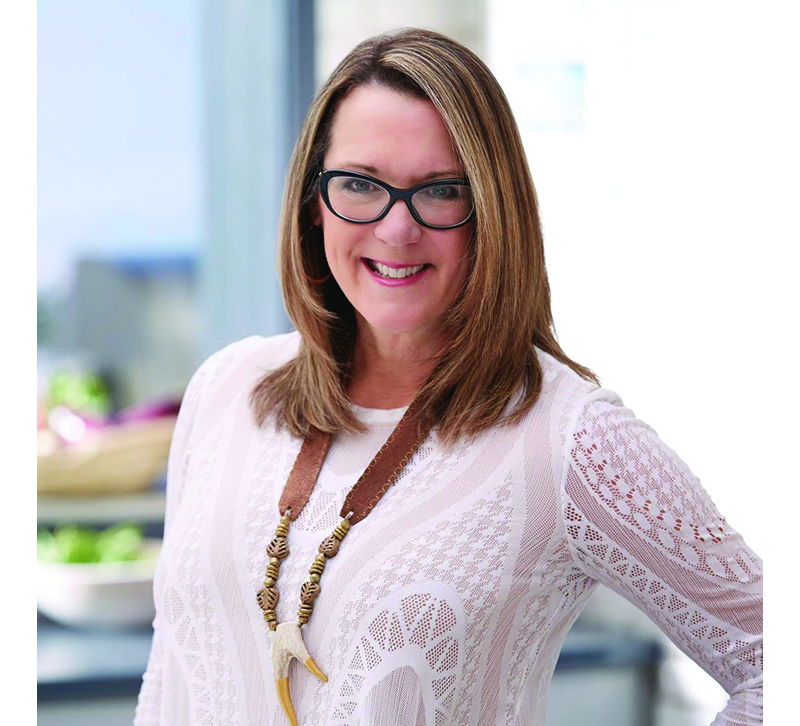
Getting 'Heard'
“Our website is our number one selling tool,” says Cheryl Kees Clendenon, Founder and Lead Designer at In Detail Interiors, in the Pensacola, FL, region. Her business model incorporates interior design clients as well as a retail showroom, and In Detail’s digital assets represent the varied factions of her business. “I’m old school media in that you have to capture people above the fold,” she says, adding that the first thing visitors to her website see are beautiful design project photography and a “big statement” about what she does.
The first content you’ll see on the In Detail Interiors website is the following: “We design, create and execute happy, functional and beautiful homes for real people who want stress free, professional attention to detail from an experienced team. We got this.”
That statement, Clendenon says, speaks directly to her preferred client. “We cater to busy professionals,” she continues. “We do our best when people let us do our thing. I believe in making that clear right off the bat. It lets the right people resonate with you and others can move on.”
Clendenon also makes sure her voice on the website mirrors what people can expect when they meet her. “I’m very much about having my voice come through and be ‘heard’ in my writing. I have a distinct personality. I have to make sure that comes through so clients aren’t overwhelmed when they meet me,” she says. “When I’m writing for the website, I’m very down to earth, easy going and informal. It’s just like we are.”
While Clendenon has an ecommerce component on her website, an extension of her retail showroom, she says, ecommerce is not a primary focus in her business model. Instead, it’s a way to connect. A brand video on the site also introduces potential clients to her business and helps them better understand the In Detail ethos. In addition, Clendenon shares an extensive portfolio of her design work and a comprehensive blog where she offers design tips and content around her style and projects. She adds that perhaps one of the most important elements on her site is that “brand” video where she shares her vision, an introduction to her staff and client testimonials for a better understanding of her design style and the clients she’s looking to attract.
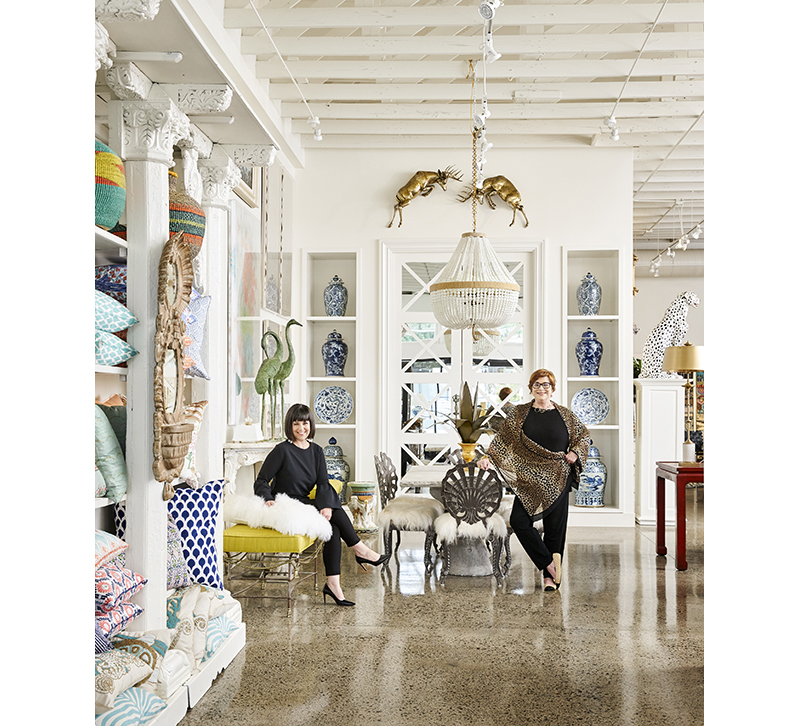
Keeping it Real
Teddie and Courtney Garrigan, Founders of Dallas-based Coco & Dash, a home furnishings retail and design firm, are also all about voice in their digital presence. The mother-daughter team showcase the unique aesthetic of their physical retail store through imagery and content on their website as well as through social media platforms, such as Instagram. It is important to them that customers, and now design clients, know what they are getting and who they are working with. The Garrigans are all about authenticity — in their style, in their connections and in the customers and clients they attract.
“We want to have fun, and we want our customers to have fun,” Teddie says. “There’s no pretense. We want people to feel at home and relaxed.”
While the duo’s website and social media is illustrated with beautiful photography that reflects what you’ll find when you walk through the doors of their distinctive retail showroom, they are also about sharing their personalities through their online presence. To achieve this, the Garrigans control their social media to keep their collective voice consistent. To them, this is an important element that shouldn’t be outsourced as it is so important to keep it “real,” adding that their goal isn’t to become influencers or celebrities.
“Other people do video outtakes as an aside,” Teddie says. “Our videos are our outtakes. They’re live, and that’s what comes out. It’s the way we talk to our customers. We like to joke around.” As a result of the genuine nature of their digital interactions, they attract loyal customers who have become friends, and now design clients. “We started in retail and design has found us,” Teddie continues.
On the retail front, at the start of COVID, Coco & Dash added an ecommerce element to its website to connect with customers who weren’t able to shop in the store. “What we found out is that we are not an ecommerce business,” Courtney says. “Instead of clicking ‘buy,’ our customers would call and tell us they saw something on the website. They want a personal connection.” Now shopping on the website is for one-of-a-kind products. “We discovered that ecommerce was not what our customers wanted,” she adds. For those customers who do want to purchase online from Coco & Dash, there are digital avenues available. They offer merchandise through Chairish and Instagram, for example.
The Garrigans have gone to great lengths to ensure they understand their ideal customer. They’ve created a profile of that customer/client (and given her a name), and what they do is inspired by that persona. So far, it has worked exceptionally well, they say.
However, as the business changes, they have realized, so must their branding. At present, Coco & Dash is readying a rebranding to mirror the direction the business is taking as they incorporate design clients. That rebranding will showcase more color as well as other elements that reflect the direction of the business (stay tuned for details). “We know our voice flows through our marketing,” Courtney notes. “We are in the process of rebranding all of our collateral.” That collateral encompasses the digital aspects of their business, including an updated website in development, as well as physical signage and down to tissue paper in the packaging.
The new website will focus even more on content, with the addition of a blog, as the Garrigans bring in more of that design focus. “We know we have to evolve. We can’t stagnate,” Courtney continues. Through these changes, Teddie adds, “We’ll continue to stay true to our voice though. We don’t try to sell, but we’ll educate. Retail is changing faster than it ever was, and our job is to constantly and thoroughly test our business model.”
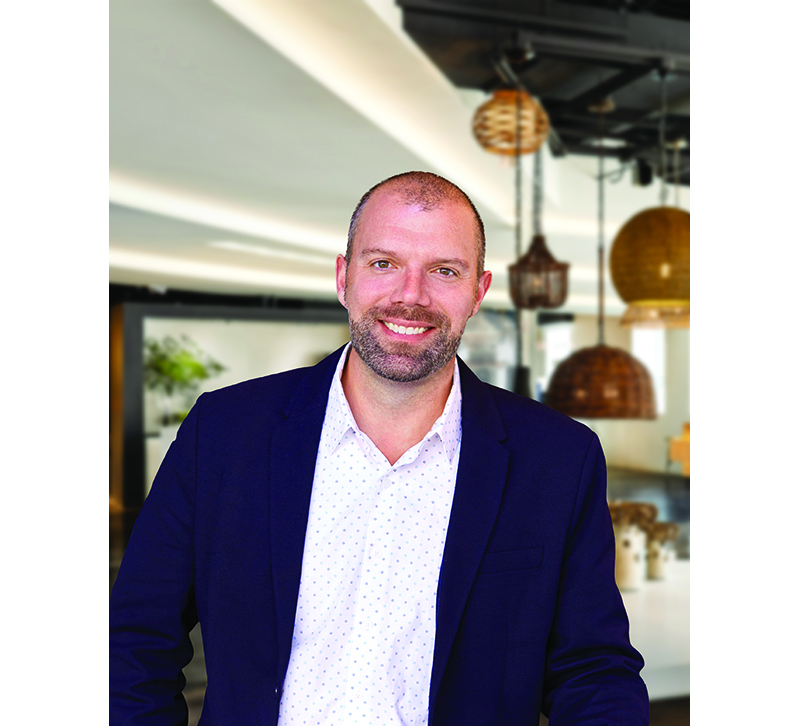
All About the Branding
As Coco & Dash heads into that rebranding phase, Dominion Lighting has recently come through it. This award-winning lighting retail showroom, in Arlington, VA, has undergone a complete reimagining of its brand, from the store’s physical footprint to its digital assets. An advantage the company has had is that the rebrand direction was determined in a way that allowed both the showroom and the company’s digital assets to be done together, VP Residential Lighting and the visionary behind the changes to the lighting showroom Matthew Rowan notes. Rowan is an experienced architectural designer and rebranding is in his wheelhouse — he was the designer behind Capital One Cafes, for example, creating a unique consumer banking experience — and understands the importance of keeping branding cohesive at all touchpoints. “We had the luxury of designing all three things at the same time [the brand, store and website]. Not everyone gets that opportunity,” he says. “People will know what to expect wherever they see us,” he adds. “Our website and social media posts reflect our spaces. They are all polished.”
The new showroom aesthetic creates a different experience from the traditional lighting retailer that Dominion used to be. Now it’s more about engagement and experience, offering tools such as a designer studio, light lab and community spaces that play off the sleek design and lighting assortment on the showroom floor. “We show things in an environment. There’s a level of intense shadow and contrast, and we keep that extremely consistent across brand components,” Rowan says. “It’s critical that we show the space in the right light.” To achieve this, as Dominion rebranded, Rowan and his team have developed a brand guideline book that incorporates such detailed information as fonts, images, how associates talk and communicate across platforms, “their language.”
Rowan says the customer experience doesn’t typically start in the showroom, so the retailer makes sure to bring the showroom to its potential customers where they start the shopping journey. Its Google business listing, for example, provides more than just the address and contact information for the store. There’s a description of the company that resonates with the brand as well as a video walkthrough of the showroom that also resides on the website. You can see where you are going before you get there. “Once they’re here, they are really immersed,” Rowan says. “We want people walking in and having an experience.” Music is a big part of the experience with a curated playlist, as is a signature scent. “We’ve created a space where customers want to bring some of it home. We captivate our customers to a point where they don’t want to pull themselves out of the experience to comparison shop. They want what they’re seeing and experiencing, and they want to buy it right now.” The goal, he continues, is to future-proof Dominion against online competition by “selling the experience.”
Some of the components of good design and branding on the website go beyond the store walkthrough and visuals. “We talk about the services we provide and showcase a portfolio of work we’ve already done,” Rowan says. “Showing is more compelling. We also share blog posts that talk through ideas about different types of lighting.”
The company has also begun incorporating video on its digital platforms with Rowan as the face. “Our CEO is adamant that the brand has a personality, someone accessible and intelligent about lighting.” Accessibility, he notes, helps remove the barriers to people finding and accessing the information they need for their projects. Content on the blog, which is then shared across social platforms such as Instagram and TikTok, offers home improvement tips and other relevant information that fit the algorithm and resonate with the audience.
“Your brand isn’t what you say it is. It’s what they [customers] say it is,” Rowan says. “Many of us are too invested. It’s personal, and we can’t see the misalignments. We need to constantly assess and be willing to change.”



